
Logging is the process of cutting, processing, and moving trees to a location for transport. It may include skidding, on-site processing, and loading of trees or logs onto trucks or skeleton cars. In forestry, the term logging is sometimes used narrowly to describe the logistics of moving wood from the stump to somewhere outside the forest, usually a sawmill or a lumber yard. In common usage, however, the term may cover a range of forestry or silviculture activities.

Coppicing is the traditional method in woodland management of cutting down a tree to a stump, which in many species encourages new shoots to grow from the stump or roots, thus ultimately regrowing the tree. A forest or grove that has been subject to coppicing is called a copse or coppice, in which young tree stems are repeatedly cut down to near ground level. The resulting living stumps are called stools. New growth emerges, and after a number of years, the coppiced trees are harvested, and the cycle begins anew. Pollarding is a similar process carried out at a higher level on the tree in order to prevent grazing animals from eating new shoots. Daisugi, is a similar Japanese technique.

Arboriculture is the cultivation, management, and study of individual trees, shrubs, vines, and other perennial woody plants. The science of arboriculture studies how these plants grow and respond to cultural practices and to their environment. The practice of arboriculture includes cultural techniques such as selection, planting, training, fertilization, pest and pathogen control, pruning, shaping, and removal.
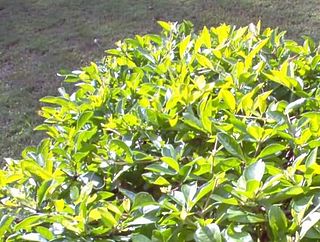
Pruning is a horticultural, arboricultural, and silvicultural practice involving the selective removal of certain parts of a plant, such as branches, buds, or roots.
Silviculture is the practice of controlling the growth, composition/structure, as well as quality of forests to meet values and needs, specifically timber production.

Clearcutting, clearfelling or clearcut logging is a forestry/logging practice in which most or all trees in an area are uniformly cut down. Along with shelterwood and seed tree harvests, it is used by foresters to create certain types of forest ecosystems and to promote select species that require an abundance of sunlight or grow in large, even-age stands. Logging companies and forest-worker unions in some countries support the practice for scientific, safety and economic reasons, while detractors consider it a form of deforestation that destroys natural habitats and contributes to climate change. Environmentalists, traditional owners, local residents and others have regularly campaigned against clearcutting, including through the use of blockades and nonviolent direct action.

Picea rubens, commonly known as red spruce, is a species of spruce native to eastern North America, ranging from eastern Quebec and Nova Scotia, west to the Adirondack Mountains and south through New England along the Appalachians to western North Carolina. This species is also known as yellow spruce, West Virginia spruce, eastern spruce, and he-balsam. Red spruce is the provincial tree of Nova Scotia.

In forestry, windthrow refers to trees uprooted by wind. Breakage of the tree bole (trunk) instead of uprooting is called windsnap. Blowdown refers to both windthrow and windsnap.
In forestry, fishing and mining, high grading refers to the selective harvesting of goods to keep only the most valuable items. The term is frequently associated with fraud, especially in mining.
Articles on forestry topics include:.

Ecological thinning is a silvicultural technique used in forest management that involves cutting trees to improve functions of a forest other than timber production.
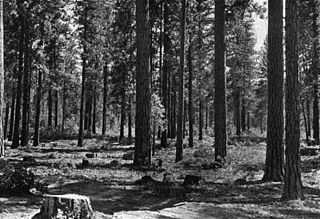
Selection cutting, also known as selection system, is the silvicultural practice of harvesting trees in a way that moves a forest stand towards an uneven-aged or all-aged condition, or 'structure'. Using stocking models derived from the study of old growth forests, selection cutting, also known as 'selection system', or 'selection silviculture', manages the establishment, continued growth and final harvest of multiple age classes of trees within a stand. A closely related approach to forest management is Continuous Cover Forestry (CCF), which makes use of selection systems to achieve a permanently irregular stand structure.
The following outline is provided as an overview of and guide to forestry:
Salvage logging is the practice of logging trees in forest areas that have been damaged by wildfire, flood, severe wind, disease, insect infestation, or other natural disturbance in order to recover economic value that would otherwise be lost.
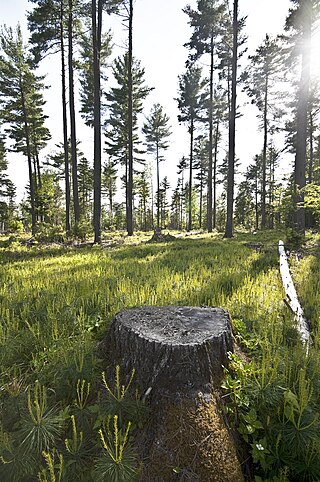
Shelterwood cutting is the progression of forest cuttings leading to the establishment of a new generation of seedlings of a particular species or group of species without planting. This silvicultural system is normally implemented in forests that are considered mature, often after several thinnings. The desired species are usually long-lived and their seedlings would naturally tend to start under partial shade. The shelterwood system gives enough light for the desired species to establish without giving enough light for the weeds that are adapted to full sun. Once the desired species is established, subsequent cuttings give the new seedlings more light and the growing space is fully passed to the new generation.
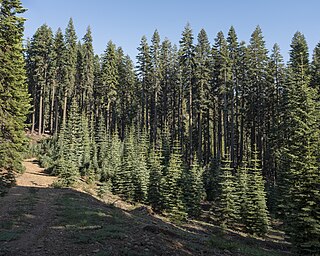
Even-aged timber management is a group of forest management practices employed to achieve a nearly coeval cohort group of forest trees. The practice of even-aged management is often pursued to minimize costs to loggers. In some cases, the practices of even aged timber management are frequently implicated in biodiversity loss and other ecological damage. Even-aged timber management can also be beneficial to restoring natural native species succession.
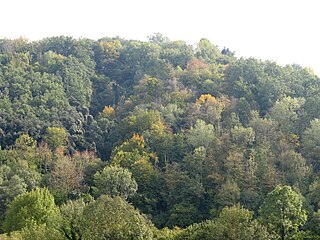
Close to nature forestry is a management approach treating forest as an ecological system (ecosystem) performing multiple functions. It is developing in the peri-alpine coutries of Europe for more than 70 years, based on certain sustainable forest management practices from the late 19th century. Close to nature silviculture tries to achieve the management objectives with minimum necessary human intervention aimed at accelerating the processes that nature would do by itself more slowly. It works with natural populations of trees, ongoing processes and existing structures using cognitive approach, as in the case of so called selection forest or other types of uneven-aged forests. Its theory and practice takes forest as a self regulating ecosystem and manages it as such.
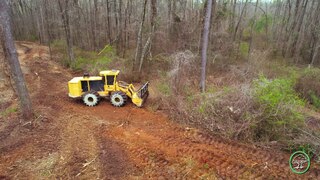
Forestry mulching is a land clearing method that uses a single machine to cut, grind, and clear vegetation.

Continuous cover forestry is an approach to the sustainable management of forests whereby forest stands are maintained in a permanently irregular structure, which is created and sustained through the selection and harvesting of individual trees. The term "continuous cover forestry" does not equate exactly to any one particular silvicultural system, but is typified by selection systems. For example, coppice with standards and Reiniger's target diameter harvesting are also continuous cover forestry. Different existing forest stands may require different silvicultural interventions to achieve a continuously productive irregular structure. Crucially, clearcutting and other rotational forest management systems are avoided.
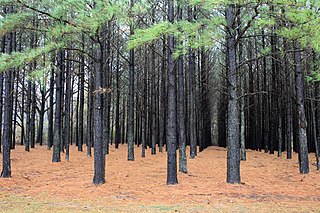
A tree plantation, forest plantation, plantation forest, timber plantation or tree farm is a forest planted for high volume production of wood, usually by planting one type of tree as a monoculture forest. The term tree farm also is used to refer to tree nurseries and Christmas tree farms.

















